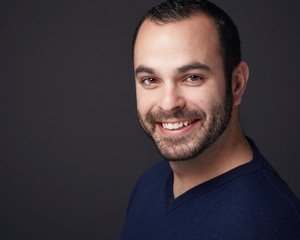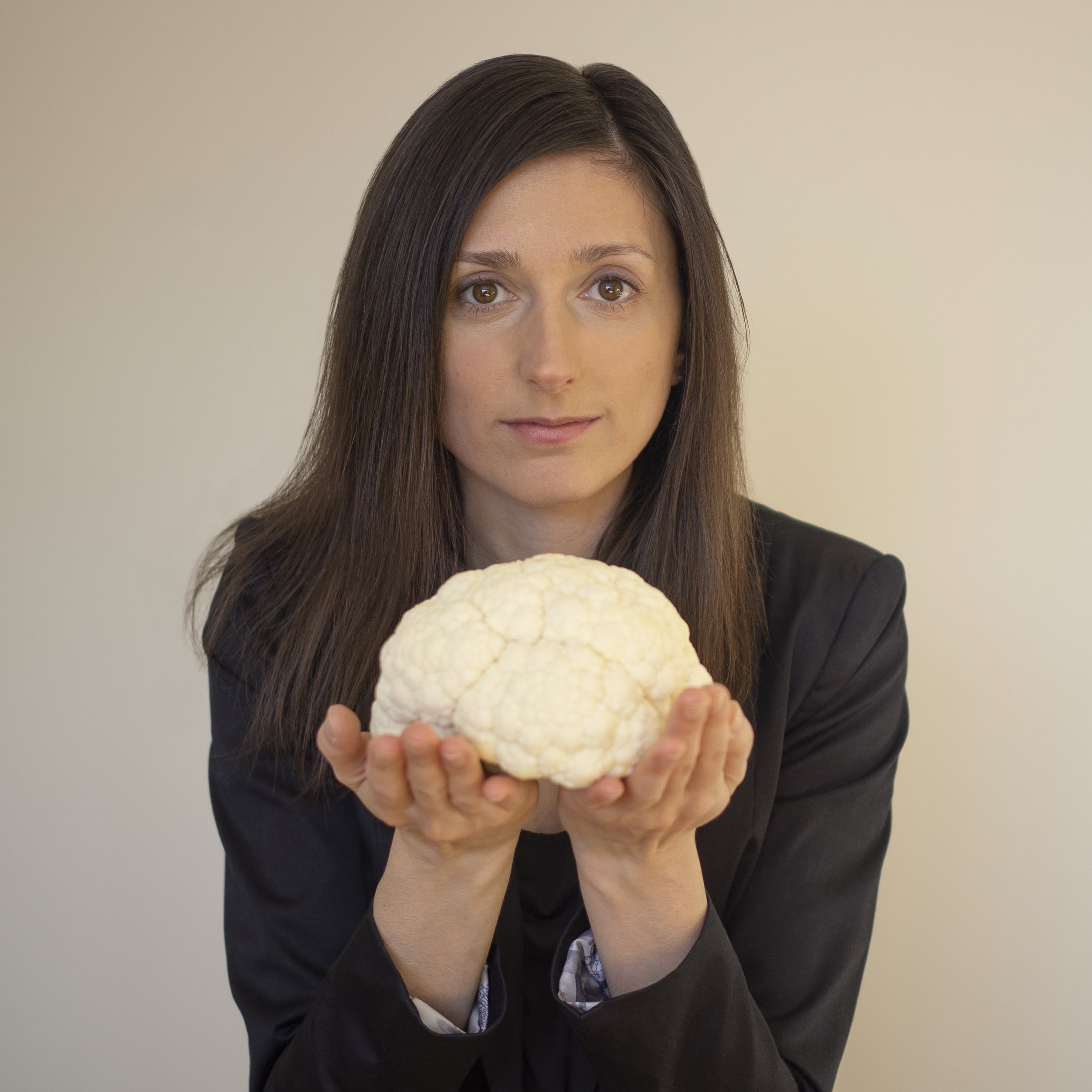S2: Episode 4 - Recovery at Home
S2: EPisode 4 - Recovery at home
In this episode of The Sharing Experiences With Concussions/TBI podcast, Libby Nicholaou, the Manager of Outreach Operations at LoveYourBrain, welcomes Krystal Merrells RD, Vijaya Kantipuly MSW, and Dr. Eric Guillemette to talk about recovery at home after a traumatic brain injury (TBI).
Listen in as they break down their special roles in the concussion/TBI recovery process, along with advice and insights on nutrition therapy for TBI patients, at-home concussion rehabilitation exercises and strategies, and the powerful benefits of online support groups for people recovering from brain injuries. You’ll also learn tips and tricks for creating a home environment that is conducive to the recovery process.
How to listen
Episode Timeline/Highlights:
[05:33] Introducing our participants and the topic of today’s episode.
[08:31] How does your particular discipline support people with brain injuries?
Eric: I am a chiropractor, but my therapeutic approach is based on how well we can accurately diagnose the areas of weakness in terms of which part of the brain has been compromised. From there, we’re able to determine what types of strategies are best used to rehabilitate those patients. Skills we leverage at our clinic are much different than average chiropractic offices, including coordinative skills challenges and memory/cognition-based exercises. We try to have fun and not make it too hard for the patients. This specialty is not common in Canada, so to find someone with this skillset in Canada, I recommend connecting with the American Chiropractic Neurology Board at https://acnb.org.
Vijaya: Our concussion education groups run for 8 weeks and focus on understanding brain injury, recognizing symptoms and impacts, and focusing on holistic strategies for TBI recovery/ management. Oftentimes, patients feel very isolated or alone, so having a group is very important. After the program ends, we have other support groups they can utilize if they want to.
Krystal: The way we connect with our food can be very healing. My clients may be struggling with meal planning because of cognitive issues or low energy after the concussion. They may not be able to eat enough, go grocery shopping, or make decisions around food, so I help them with that. I also help clients with digestive issues that resulted from the injury, leading to other issues and limitations during an already very limiting time. My role is to help them make decisions on foods that will help them during their recovery, to help them take steps back towards meal planning and grocery shopping, and to assess their gut problems. On the emotional and mental health side of things, people may turn to food to cope, so I help people understand the nervous system and how the different states affect a person’s ability to eat, sense hunger/fullness, and make healthy choices.
[19:34] Eric, what does at-home recovery look like in terms of chiropractic neurology?
Many exercises and practices that cross over many spectrums, from nutrition to physical activity to socialization. We make sure they’re eating nutritious food, being social, playing with a ball on a wall, following moving targets with your eyes, and much more. Once we have success in the office, you can continue those at home with small repetitions to gain strength and plasticity. Vision therapy can also be done at home, too. Ultimately, we want to keep our patients motivated enough to keep doing these exercises themselves at home.
[23:46] Vijaya, what have been the best ways to motivate patients to grow with their recovery plan during and after the 8-week program?
We focus on concussion treatment planning and pacing strategies, so they create a journal to keep track of their symptoms, experiences, and therapies. It’s about actively participating in the activities you’re doing. Group members really appreciate and follow that despite the challenge of keeping up with it.
[27:50] Krystal, what nutritional resources and tools do you give patients to take home?
The most practical, tangible thing I can think of is a 7-step meal planning guide. Some love the 7 steps and others feel like that’s a lot, so we take it one chunk at a time. Food decisions are a very common challenge for my clients, so instead of overhauling their diet and choosing all new foods, we start with journaling what you’re actually eating in a week. This gives us a foundation and a better idea of how we can make more specific food decisions in the future. For example, on really busy or overwhelming days, what “emergency” foods can you rely on to sustain you? On other days where you have more bandwidth, how might we push the boundaries? For some, connecting with a traditional food their family loves to eat gets them motivated to cook again.
[31:13] What challenges and solutions have you encountered in supporting people with at-home concussion recovery?
Vijaya: Employment and working full-time through their symptoms is the biggest challenge, along with sleep deprivation and exhaustion. The entire lifestyle becomes a challenge. Planning and pacing practices and focusing on self-compassion are the primary tools we use to work through that.
Eric: Work is definitely a big challenge for most. If you’re well-rested and not working, recovery is easiest. Though, another common obstacle is maintaining motivation. Many patients deal with head injuries for months or years, so it’s easy to lose motivation. Pacing recovery is a solution, so we schedule patients within a certain timeframe that is more likely to maintain motivation and accountability. To help with motivation, we set data-based goals to show them the progress they’re making.
Krystal: Access to food, time and energy, and a restrictive mindset. It can be difficult to get to grocery store, spending time in a grocery store, making the purchasing decisions, and then coming home to make the food. My suggestion is to ask people for help with grocery shopping and/or get groceries delivered to your home. A number of clients come to me with restrictive mindsets that have resulted from all the practitioners they’ve seen and advice/information they’ve been given or have seen online before coming to me. This results in clients eating a very little amount of food and believing that there are few safe foods they can eat, leading to malnourishment. So, it takes time to build confidence in that and expand their repertoire of foods again.
[42:00] How can brain injury survivors create a home environment that is conducive to recovery?
Eric: It really depends on the individual’s struggles, so limit but not isolate. There will be factors that impact you, like light or sound sensitivity, but isolation is not the solution. Create an environment where you can eliminate stressors and maintain some normalcy day-to-day, but implement strategies to accommodate your needs and sensitivities. Then, utilize a journal to write things down so you can remember them and recognize your progression. You can even leave encouraging notes around the house for yourself! Plus, bring family members and friends to appointments and meetings so they can better understand your recovery process.
Vijaya: Everything Eric mentioned we talk about in our group. Practicing mindfulness and being mindful of your sensory issues will help you maintain a holistic recovery.
Krystal: Changing the environment could be a better strategy than trying to change one habit. On a tactile level, have healthy foods that you enjoy around your home. Buy frozen or canned food if you’re worried about wasting fresh food. Asking for help acquiring and preparing food provides social connection that’s also very impactful.
Resources Mentioned:
The American Chiropractic Neurology Board: https://acnb.org
LoveYourBrain Foundation: www.loveyourbrain.com
The Neuro Edge – Health Centre: www.theneuroedge.ca/neurology
Connect with us!
Visit The Headsup Concussion Advocacy Network’s website: www.headsupcan.ca
Follow Headsup on Instagram: www.instagram.com/headsupcan
Follow them on Twitter: www.twitter.com/headsupcan_
Visit The Ontario Brain Injury Association’s website: www.obia.ca
Follow Ontario Brain Injury Association on Instagram: www.instagram.com/ontariobia
Follow them on Twitter: www.twitter.com/OntarioBIA
Facilitator
Libby Nicholaou MA, E-RYT 200, YACEP
Manager, Yoga program and Outreach Operations - LoveYourBrain Foundation
Libby Nicholaou is the Manager of Outreach Operations at LoveYourBrain. LoveYourBrain is a non-profit organization that improves the quality of life of people affected by traumatic brain injury and raises awareness about the importance of brain health. Learn more about the free mind-body programs they offer year-round. Sign up for their newsletter to receive updates and announcements.
Participants
Dr. Eric Guillemette
DC DACNB
Broadview Spine and Health Centre, Neuro Edge
Vijaya Kantipuly
MSW, RSW, Clinician
Online Concussion Support Group Facilitator – Ontario Brain Injury Association
Krystal Merrells
Registered Dietitian
“I help people with brain injury find healing through food & nutrition” - KM
Episode Sponsor
The Sharing Experiences With Concussions/TBI podcast is made possible by The Headsup Concussion Advocacy Network whose mission is to build collaborative networks and partnerships that work to innovate concussion education, research and awareness. The podcast is also made possible by The Ontario Brain Injury Association whose mission is to enhance the lives of Ontarians living with the effects of acquired brain injury through education, awareness and support. Thank you!






